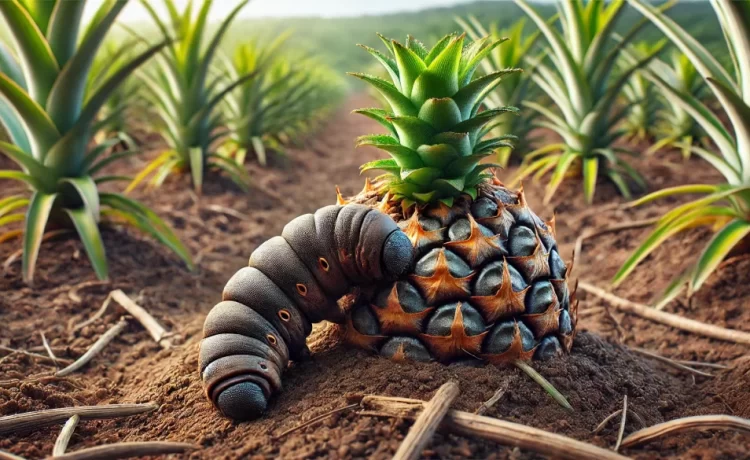Pineapple farming can be a complex task, as the lush tropical environment that grows pineapple in places like Salt Lake City and a few other localities attracts a variety of pests, leading to a significant effect on the quality and quantity of the fruit. To reduce the harm caused by pests in your farms, it is important to understand the types of pests and then plan methods that can help you kill them.
Sometimes, the DIY approach does not really provide results, and having no knowledge or experience can often pose harm. You can get rid of pests in Salt Lake City by speaking to a professional pest control service. Professionals can examine the situation, provide a custom solution, and ensure you get rid of them permanently.
Common Pests In Pineapple Farms
Several pests, each with its destructive qualities, affect the farms. One of the most common is the mealybug, which feeds on the sap of the plant, resulting in stunted growth and reduction in fruit size. They usually come with ant infestations as they protect mealybugs. Another pest seen is thrip, which is a tiny insect that scars the fruit, thus reducing its market value.
Root-feeding pests such as nematodes affect the plant’s nutrient absorption by burrowing holes in the roots, leading to poor fruit growth. As these effects on the plants are not visible to the naked eye, the damage is recognized after the overall health of the plants declines. Pineapple fruit borers are another notorious pest that burrows into fruit, directly causing it to lose its profitability and causing economic loss to farmers.
Prevention and Monitoring Methods
Prevention and continuous monitoring are some of the most effective methods that help manage pest infestations. Integrated Pest Management, an approach that uses biological, chemical, and cultural methods to manage pests on the farm is proven effective, and farmers should implement this in pineapple farms. To avoid soil-based pests like nematodes, methods like regular soil preparation, crop rotation, and use of organic soil should be implemented. Weed control is very important to avoid infestation of pests like mealybug and thrip as they serve as breeding grounds for them and help them spread on farm
Regular inspection of the farm is necessary to detect early infestation. Also, closely monitoring the plants and soil will help farmers identify problems before they cause severe damage and take effective measures promptly. Yellow sticky traps, pheromone traps, and visual inspection can be used to track pests and will help in taking quick action to prevent them. Also, proper sanitation and farming environment must be maintained by removing dead plants and debris, which will help reduce pest growth.
Methods of Controlling Pests
After the identification of the pest is done, using methods that cause the produce as much harm as possible is very important. There are several methods available that will help in eliminating the pests and controlling their population. The method of biological control is an environmentally friendly method that takes the help of natural predators, parasites, wasps, or ladybugs to control pest populations and kill them.
Using organic or chemical pesticides is another method used by farmers. Organic pesticides made from neem oil and pyrethrin are used by farmers who do not want to leave chemical residue on the fruit. While these are effective in controlling pest growth, chemical pesticides are used to kill the infestation completely. However, this method is used as a last resort and with proper care to avoid harming the non-targeted area of the plant.
Contact Your Pest Control Agency Soon!
A professional will know the required implementation methods on your farm. They will help you eradicate pests with methods that will not harm your farm and affect its productivity in the long run, while they will further guide you to use methods that will be beneficial for your farm when managing pests.



